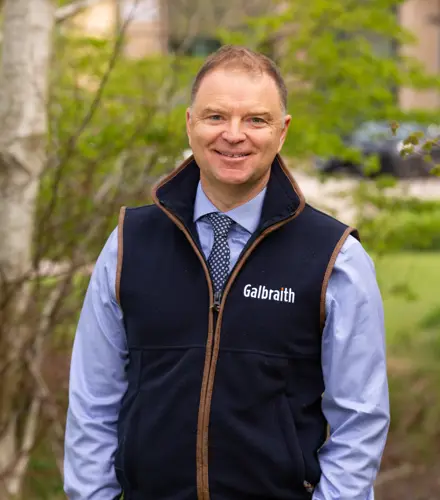Over a relatively short period of time, between 2020 and 2025, we have seen the market for those looking to acquire the iconic Scottish Estate expand beyond what was traditionally restricted to sporting and agricultural interests.
Back when we both started our careers as rural surveyors, well over 20 years ago, the typical Scottish estate (if there can be such a thing) would be of principal interest to those looking to stalk, shoot, fish or farm, or indeed a combination of all of these. The desire to own and enjoy a piece of rural Scotland was highly sought after and this is still very much the case today.
In these more recent years the range of buyers interested in Scottish Estates has expanded to include those with a far more diverse range of interests. The traditional sporting market still thrives however, the range of interested buyers also now includes those to whom the peace and solitude of owning a part of ‘wild’ Scotland is the principal driver and where having access to remote and undisturbed spaces is the primary objective. Similarly, there are many who relish the opportunities the diverse estate can offer to establish or further develop a rural business such as holiday lets, a hospitality venue or as a site for the creation of bespoke products such as a micro-brewery, gin distillery or such like. And almost like a bolt from the blue, in 2020 when the world was gripped by the pandemic, a new wave of buyer emerged – the Natural Capital focussed purchaser.
Here at Galbraith, we were in the prime position to witness this first hand from our position as eminent agents handling both estate sales and purchases across Scotland and into Northern England. The most recent cohort of estate buyer included a mix of private buyers, institutions and investment vehicles, whose primary interest lay in woodland creation and peatland restoration in pursuit of the new gold, known specifically as “Carbon”. Influenced and guided by government policy and in some areas by generous grant funding, these buyers quickly became the main player in the market, outbidding traditional buyers with interests expanding beyond the traditional estate market into the upland hill farm arena too. Interest and importantly successful purchasers came from across the globe, however principally, the majority have been UK based.
Well into 2025, we see a high demand for Scottish Estates still remains and there continues to be keen interest internationally. Whilst the natural capital ‘gold rush’ may have calmed somewhat, there are still many buyers out there with a strong interest in the estate market. This continues despite a slight softening in government policy and the aspiration towards reaching ‘net zero’. The difference today, compared to say two or three years ago, is that there is a more considered and measured approach to any estate purchase. Rather than rushing in headfirst and asking questions later, a buyer (almost always being advised by a team of professional advisors) will undertake extensive research and analysis in advance of offering whether their interests are in the traditional sporting, amenity or natural capital spheres. It should be noted that whilst for a short period the ‘natural capital’ buyer was king (or queen), the traditional estate buyers never went away, they were just very often outbid. We have seen through several recent estate sales that this crucial and longstanding traditional interest is as strong as ever.



